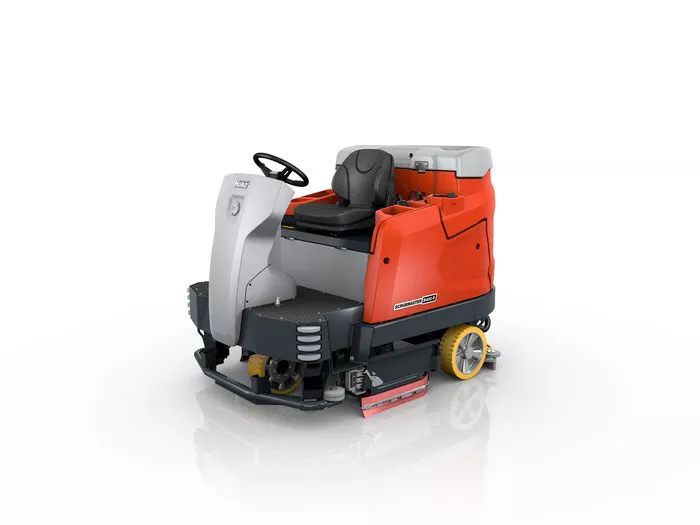Cleaning and maintaining floors is essential for any business or facility to uphold hygiene standards and create a safe environment for employees and visitors. Floor scrubbers are powerful tools designed to efficiently clean various types of flooring, from concrete to tile to hardwood. Mastering the operation of a floor scrubber can streamline your cleaning process and improve overall cleanliness. In this comprehensive guide, we’ll walk you through everything you need to know about operating a floor scrubber effectively.
What is a Floor Scrubber?
A floor scrubber is a motorized cleaning machine equipped with rotating brushes or pads designed to scrub and clean large floor areas quickly and efficiently. These machines come in various sizes, from compact models suitable for small spaces to ride-on or walk-behind versions for larger areas. Floor scrubbers are commonly used in commercial and industrial settings such as warehouses, retail stores, hospitals, and schools.
How to Use a Floor Scrubber
1. Preparation: Before using the floor scrubber, clear the area of any obstacles or debris that could interfere with the cleaning process. Inspect the machine for any damage or malfunctions, and ensure that the brushes or pads are clean and in good condition.
2. Fill the Solution Tank: Most floor scrubbers have a solution tank where you can add water and cleaning solution. Follow the manufacturer’s instructions for the appropriate dilution ratio and type of cleaning solution to use.
3. Adjust Settings: Depending on the type of flooring and level of soiling, adjust the settings on the floor scrubber accordingly. This may include adjusting the brush pressure, water flow rate, and scrubbing speed.
4. Start Cleaning: Turn on the floor scrubber and slowly guide it across the floor in overlapping passes. Use smooth, steady movements to ensure thorough coverage and avoid streaking or missed spots.
5. Empty the Recovery Tank: As the floor scrubber cleans, it will pick up dirty water and debris into a separate recovery tank. Once the tank is full, empty it and refill the solution tank as needed to continue cleaning.
6. Rinse and Dry: After scrubbing the floor, it’s important to rinse away any remaining cleaning solution and allow the floor to dry completely before allowing foot traffic.
Advantages of Using a Floor Scrubber
1. Efficiency: Floor scrubbers can clean large areas quickly and with minimal effort, making them ideal for high-traffic environments.
2. Consistency: These machines provide consistent cleaning results, ensuring that floors are thoroughly cleaned and maintained.
3. Versatility: Floor scrubbers can be used on various types of flooring, including concrete, tile, vinyl, and hardwood.
4. Health and Safety: By removing dirt, grime, and contaminants from floors, floor scrubbers help create a cleaner and safer environment for employees and visitors.
5. Cost Savings: While the initial investment in a floor scrubber may seem significant, the long-term cost savings in labor and cleaning supplies often outweigh the upfront expense.


